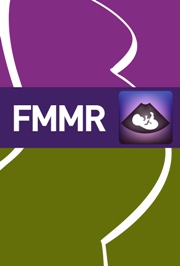Crossref Citations
This article has been cited by the following publications. This list is generated based on data provided by Crossref.
Fay, Roger A
and
Ellwood, David A
1993.
Categories of intrauterine growth retardation.
Fetal and Maternal Medicine Review,
Vol. 5,
Issue. 4,
p.
203.
O'CALLAGHAN, MJ
HARVEY, JM
TUDEHOPE, DI
and
GRAY, PH
1997.
Aetiology and classification of small for gestational age infants.
Journal of Paediatrics and Child Health,
Vol. 33,
Issue. 3,
p.
213.
Rossdale, P. D.
1997.
Advances in equine perinatology (1956–1996): A tribute*.
Equine Veterinary Education,
Vol. 9,
Issue. 5,
p.
273.
Botero, Diego
and
Lifshitz, Fima
1999.
Intrauterine growth retardation and long-term effects on growth.
Current Opinion in Pediatrics,
Vol. 11,
Issue. 4,
p.
340.
Diamond, Frank B.
2001.
Fetal Growth Programs Future Health: Causes and Consequences of Intrauterine Growth Retardation.
Advances in Pediatrics,
Vol. 48,
Issue. 1,
p.
245.


